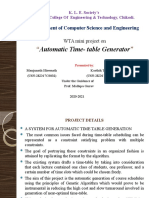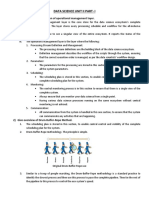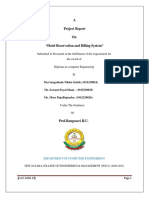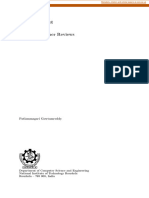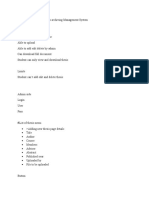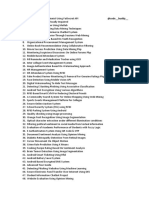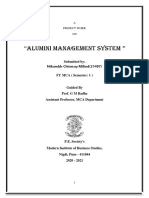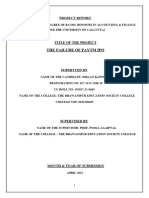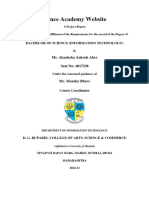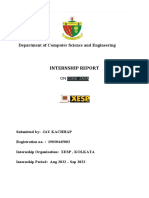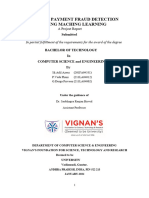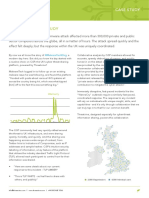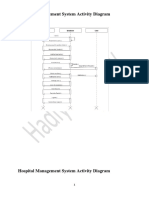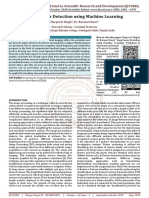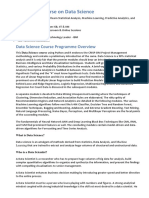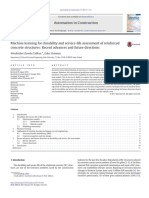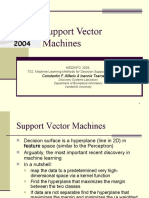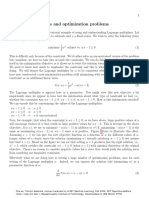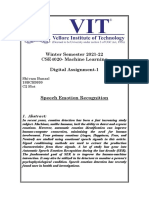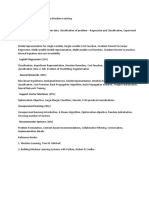0% found this document useful (0 votes)
278 views27 pagesNLP Project Report
The document is a project report on sentiment analysis of WhatsApp chat. It discusses conducting sentiment analysis on WhatsApp group chat data exported to a text file. The report includes sections on the objectives, which are to analyze and categorize WhatsApp chat data to determine sentiment at the document level. It also discusses the required hardware, software and data format used, which is a JSON file containing review text, summary, rating. The methodology section describes collecting data from Amazon reviews from 1996-2014, extracting sentiment sentences and performing part-of-speech tagging.
Uploaded by
Nitin kumar singhCopyright
© © All Rights Reserved
We take content rights seriously. If you suspect this is your content, claim it here.
Available Formats
Download as PDF, TXT or read online on Scribd
0% found this document useful (0 votes)
278 views27 pagesNLP Project Report
The document is a project report on sentiment analysis of WhatsApp chat. It discusses conducting sentiment analysis on WhatsApp group chat data exported to a text file. The report includes sections on the objectives, which are to analyze and categorize WhatsApp chat data to determine sentiment at the document level. It also discusses the required hardware, software and data format used, which is a JSON file containing review text, summary, rating. The methodology section describes collecting data from Amazon reviews from 1996-2014, extracting sentiment sentences and performing part-of-speech tagging.
Uploaded by
Nitin kumar singhCopyright
© © All Rights Reserved
We take content rights seriously. If you suspect this is your content, claim it here.
Available Formats
Download as PDF, TXT or read online on Scribd
/ 27
